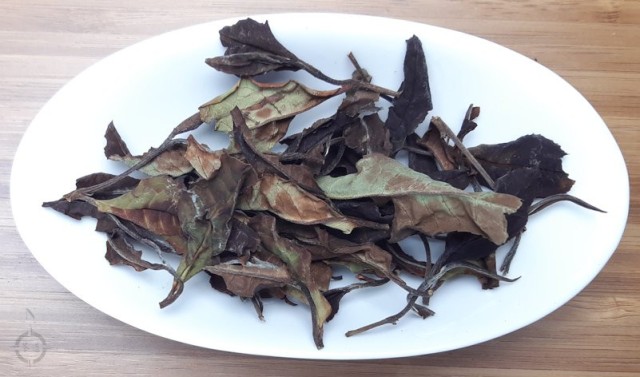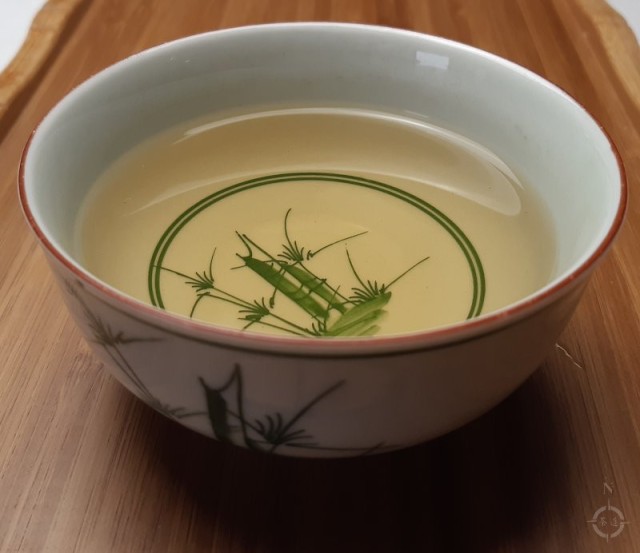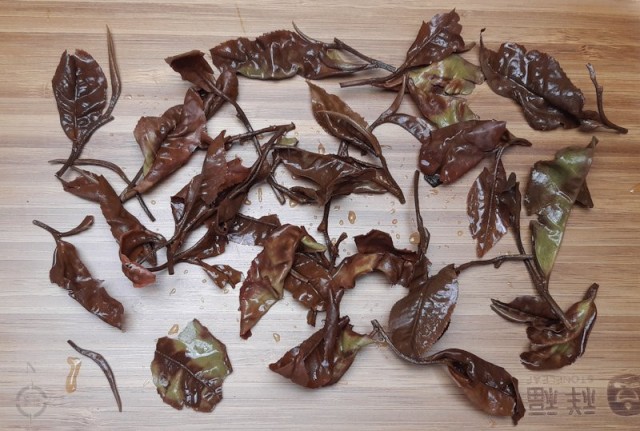
This is the second of my 5 tea mini-haul from Rare Tea Company, that was made up from teas from the Satemwa Estate in Malawi.
Satemwa, if you were unaware, is, to quote Rare Tea Co…
“…a small, family run tea garden in the Shire Highlands of Malawi.”
As regular readers of this blog will no doubt recall, I recently posted a review of Henrietta Lovell’s (Rare Tea Co.’s founder) book “Infused:Adventures in Tea”, and the description of this tea on the website is as prettily penned as any of the wonderful passages from the book.
Malawi Peony White is, we are informed…
“A fragrant, beautiful whole leaf white tea. Picked from a unique field and carefully hand-crafted to retain the sublime flavours.”
“Like the Malawi Antlers this tea comes from the same unique varietal of camellia sinensis. It is the particular and peculiar varietal from certain fields on the Satemwa estate that produce this wonderful tea – quite unlike any other. The leaves are painstakingly handcrafted to retain the most sublime flavours.”
“It has taken some years to find a way of shipping this White Peony from the Shire Highlands of landlocked Malawi to Britain – preserving the fragile beauty of these whole leaves. It has been worth our every effort.”
“These leaves taste even more beautiful than they look.”
As was the case with the Malawi White Antlers, a 20 gram order nudged me in the direction of Western style infusion using just three grams’ worth or thereabouts, in order to eke out as many sessions as possible.
The dry leaf’s aroma was intriguing, a mix of a tippy Yunnan black tea and something that reminded me of hot granite after a summer rain shower.
After warming up the pot, I carefully slotted the leaf in. This was no mean feat – I didn’t want to damage those pretty, big leaves, and so had to indulge in a spot of leaf Tetris in order to get them into the pot in one piece. Once they too had warmed up, I popped the lid off and had a good sniff. They now smelled of hardwood fresh off the bed of a circular saw, hot and sweet bordering on charred.
| Steeping method | |
| Water Used: | Filtered tap water |
| Weight of dry leaf: | 3 grams |
| Infusion style: | Western |
| Steeping vessel: | 150 ml glass teapot |
| Water temperature: | 80°C |
| No. & duration: | 5 infusions of 1, 1½, 2, 3, and 5 minutes duration |
As I like to do, just before taking my first sip of the liquor, I again sampled the aromas coming out of the pot, this time provided by the hot, wet leaf. Now I was picking up a subtle hint of fruit and flowers, layered over a sweetish green vegetal broccoli stem like thing.

Right from the off the liquor was slick and buttery, with a dominant fruity note that shouted dried apricots. There was also those callbacks to tippy Yunnan black teas once again, as well as a spicy, umami-esque nip. The feelings of “woodiness” grew more tactile for want of a better word, and now I could finally pin it down to one particular species – ash.
The second steeping saw the black tea like characteristics become a tad more prominent, and there was also an unmistakable feel of autumnal leaf fall in my cup, which was quite a jarring juxtaposition to the fresh, bright, spring-just-around-the-corner feeling outside.
During the third round you began to sense the onset of slippage as things began to fade in intensity somewhat, and by the fourth infusion everything bar the autumnal leaf and woodiness was on the wane. The liquor was still enjoyable to drink, though, and encouraged me to go for one last steeping. That fifth and final five minute infusion was clearly the end of session delimiter, but still left me with a sneaking suspicion that with some parameter tweaking, such as hotter water, there might still be even more of the good stuff lurking in these lovely leaves, just waiting to be charmed out.

It would have been interesting to have done a side-by-side tasting with this tea and a good quality but otherwise fairly standard Chinese Bai Mu Dan, to see what else could be ascertained about the effects of the African terroir, to try and pin down if possible what Satemwa are doing differently. Brilliantly, but most certainly differently.
I say would have been because, to be honest, the few sessions I’ll have with this batch of leaves deserve to be dedicated to them and them alone.
In short, then – this is a very nice African twist on a Chinese staple. Well worth checking out.

Do you think you can get your hands on something like the T2 Teamaker? The filter is at the bottom so there are absolutely no constraints for the tea leaves (and no need to play leaf tetris).
I actually have some Bai Mu Dan in my house! I should probably do a comparison session when my tea arrives.
LikeLiked by 1 person
I only used the pot with the narrow opening as it’s the one I normally use for green/yellow/white reviews. Looking forward I’ll probably use 2 grams in a glass gaiwan and roughly the same infusion times, so the leaf Tetris was a one-off!
Hasn’t your order arrived yet? How long’s it been now? I’m looking forward to seeing what you think of them… 🙂
LikeLiked by 1 person
It took a little longer to be dispatched (about 4 days I think!) so it’s been about a week. If the postal service hasn’t been affected it should be arriving soon!
LikeLiked by 1 person
Pingback: Tea Review: Malawi Bvumbwe Peony White Tea from What Cha – Eustea Reads
Pingback: 2020 – My Year In Tea | Northern Teaist